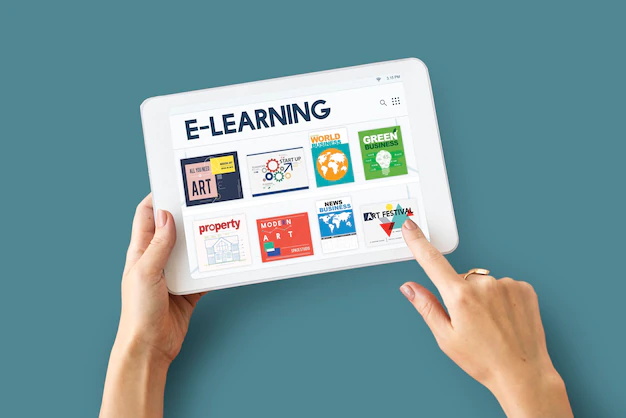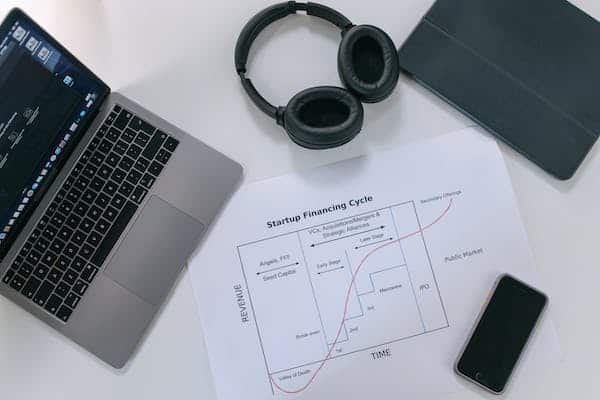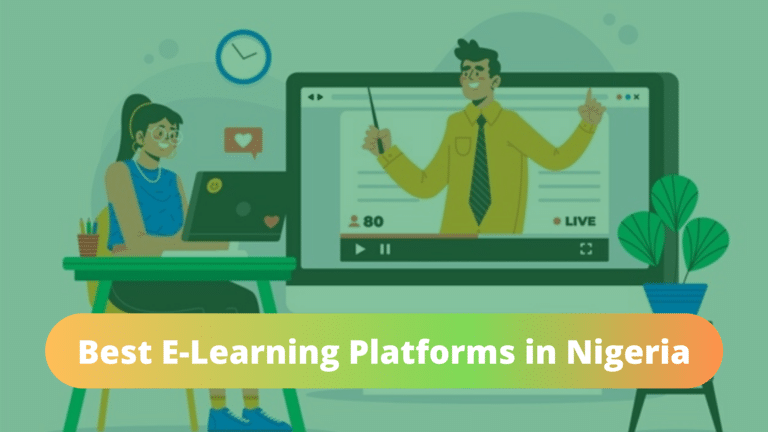7 LMS Features You Need To Have To Sustain Continuous Learning

The goal of continuous learning is to benefit everyone, from recent hires to seasoned professionals. However, each of them has different training requirements; how can your LMS features be optimized to accommodate them all?
Read: 5 Reasons To Place Team Hierarchies Features In Employee Training LMS
7 LMS Features You Need To Have To Sustain Continuous Learning
Almost always, when negotiating, the adage “one size fits all” is applied. We use it as an example to demonstrate that not all people are the same. However, when it comes to software, it is feasible to locate a product that meets a wide range of needs.
This is due to the fact that you can fit a ton of information on a small chip (or software), which opens the door to practically endless functionality. What LMS characteristics are crucial for workplace continuous learning when you look for continuous training software?
1. Course Selection Tools
You can see how far you’ve come on the chart. To begin with, you must draft the road, though. Get an LMS for continuous learning that makes doing that simple. Drag-and-drop course repositories are one type of tool. They enable learners (and L&D specialists) to simply organize the courses in the order they need.
A part where HR/admin can generate “starting packs” based on hobbies and job descriptions has to be included as well.
With the use of these WYSIWYG curation tools, both the student and their instructor may quickly change and customize a course. Completely unsettling trainees can begin with a template pack (e.g. accounts for beginners). The trainee (or their mentor) can make adjustments as they go because of how simple the navigation is.
2. Customized Report
Writing reports at work can get boring because there are so many different types. Furthermore, one of the major sources of reports is continual learning. If it’s not for a real project, you’re checking the metrics to see if you’ve made any progress.
Every day of the year, this feature will be used numerous times. Attempt to minimize stress. To keep you sane, you need personalized reports that can be generated automatically. Since reports can certainly result in death, whereas death by chocolate is yummy unlikely. particularly if your L&D team is unable to interpret the Big Data to make changes to your online training program.
3. Gamification
A desire of learning motivates very few people. The majority of us merely engage in it for monetary gain and validation. Higher degrees of education are necessary for many promotions. Additionally, while the long game of increased pay and fancy job titles is good, trainees need incentives on a daily basis.
A good LMS should be able to offer gamification to help with that. With each unit they finish, trainees can earn a new badge. Complex training assignments can earn them certifications. Test scores and study-speed leaderboards can be useful. Additionally, customers love redeemable points.
4. In-Built Collaboration
Peers have a wealth of experience and information to impart. But in order to take advantage of it, you need a continuous learning LMS that facilitates internal cooperation. New employees can use online forums to ask questions, and seasoned staff members can conduct live events or offer to help using live chat to support their colleagues in getting through challenges.
Additionally, this lets everyone provide and receive performance-enhancing feedback, opening the floodgates for feedback.
5. Intuitive UI
Usability, a crucial component, is what holds all of these LMS elements together. If staff members can’t locate the platform’s tools or use them, they can’t collaborate. Additionally, if the program is extremely complicated, your L&D team will not be able to update material or adjust reports distribution.
So, the most important characteristic to search for in your new continuous learning LMS is an intuitive user interface. Furthermore, it’s another justification for registering for a demo or free trial beforehand. You get an opportunity to identify UI roadblocks that can get in your path and make learning more difficult.
6. Personalization
How you were raised will determine how valuable having your own space was. Even if you had to share, you probably staked out a wall corner or created a secure boundary around your portion of the space. Adults bring the same sense of place to the workplace.
We decorate our workstations with artifacts that are significant to us if we are permitted to do so. family portraits, toys, books, or commerce. Allow students to create their own avatars, backgrounds, and themes using the software. It’s a small thing, but it helps them take ownership of the course and put their all into it.
7. Progress Pointers
It might be encouraging to see a visible indicator of how far you’ve come in any training course. It could take the form of a moving bar, colored dots, or another kind of indicator. Since its timescale is longer, constant learning can make this an even stronger incentive.
See how much you’ve accomplished throughout the years by looking back at your chart. It’s also helpful for instructors whenever your training chart extends that far in the future. They can use it to determine when you should receive fresh material or a new set of courses. As instruments for strategy, progress bars are helpful.
Conclusion
Continuous learning in the workforce involves a number of different components. an effective training environment to engage trainees. application for simple administration and evaluation. Information for thorough upskilling. Gamification and personalized reporting are two LMS features that can aid in facilitating this kind of continuous learning.
Make sure students can customize their courses, quickly monitor their progress, and edit them as they see fit. Make it simple for them to accomplish their goals and realize their potential by keeping everything smooth and uncomplicated.






